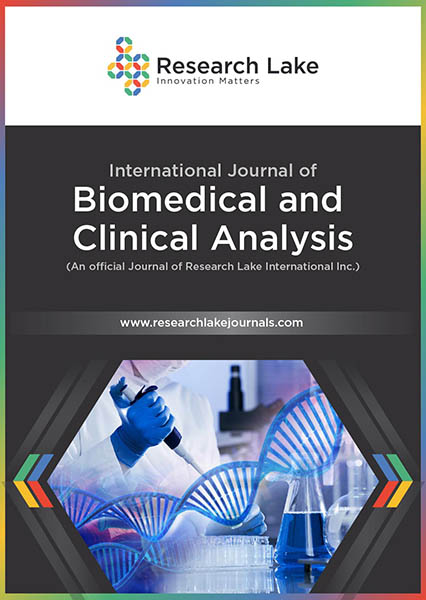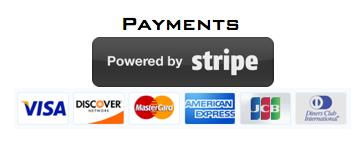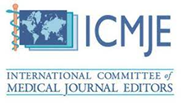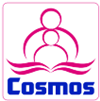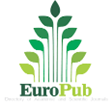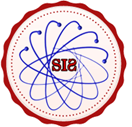UVC Decontamination in Healthcare Environments
Abstract
Ultra Violet light-C (UVC) irradiation is used as a disinfection method in healthcare, agriculture and the food and water industries. In healthcare, it is seen as an alternative to hydrogen peroxide following terminal cleaning with conventional disinfectants. There are a number of different UVC systems on the market with varying properties that impact on their performance. The performance of each system is tested using standard testing methods and compliance with these standards is essential in many healthcare facilities before purchase. UVC is absorbed by proteins, DNA and/or RNA of the microorganism following exposure. The absorption of a photons causes adjacent thymine bases in DNA to bind together forming thymine dimers, instead of linking with a complementary base on the other strand. This causes disruption of DNA, rendering the microorganism incapable of replication. The main parameters of UVC decontamination include the wavelength emitted (usually 254 nm), dose (a high dose is recommended, above 100 mJ/cm3), relative humidity (30-60%) and room temperature (20 +/- 1ºС). No personnel should be within the area of decontamination when UVC is being emitted for health and safety risks. This is a brief overview of factors affecting performance and its impact in the healthcare environment.
Copyright (c) 2024 Valerie Edwards-Jones

This work is licensed under a Creative Commons Attribution-NonCommercial 4.0 International License.
Copyright © by the authors; licensee Research Lake International Inc., Canada. This open-access article is distributed under the terms of the Creative Commons Attribution Non-Commercial License (CC BY-NC) (http://creative-commons.org/licenses/by-nc/4.0/).

